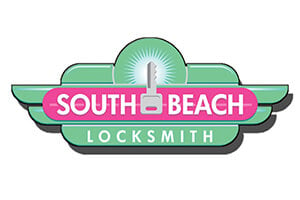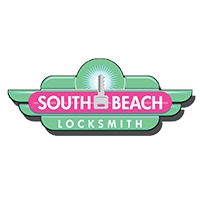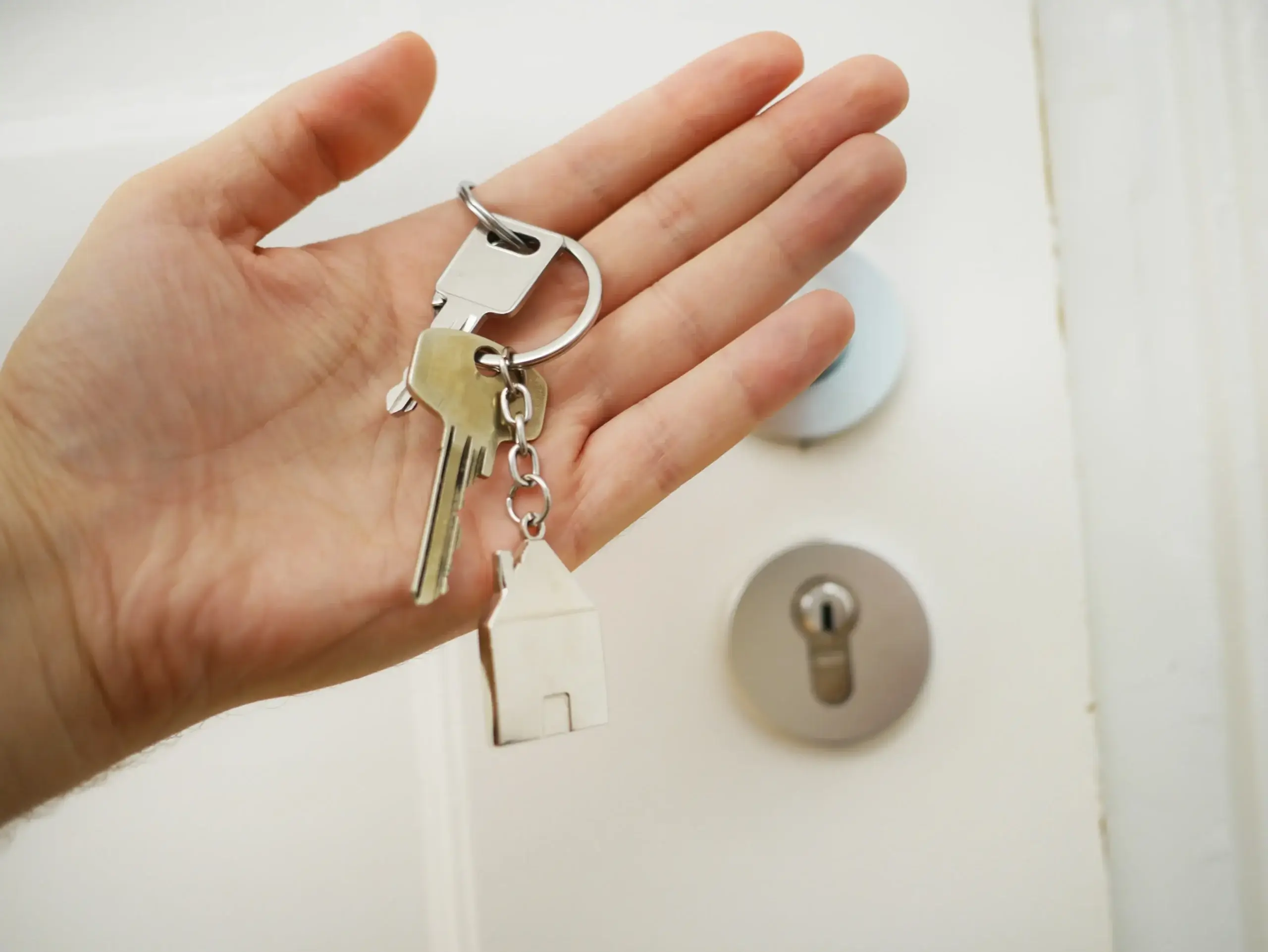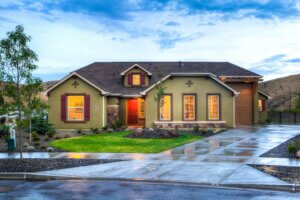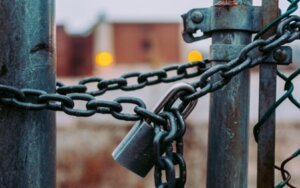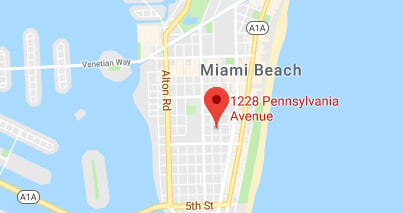Securing your home is a top priority for every homeowner, and a deadbolt lock is one of the most important components of home security. Deadbolt locks provide an added layer of protection and are a popular choice for securing exterior doors. But deadbolt locks are not created equally.
With so many options available, it can be overwhelming to choose the right lock for your home. We’ll provide you with some tips on how to choose a residential deadbolt lock that will keep your home safe and secure. We’ll cover important factors such as lock grading, bolt materials, pick resistance, and more.
Why a Deadbolt Lock?
Deadbolt locks are an essential component of home security as they provide an added layer of protection for your home.
Unlike spring latch locks, which can be easily bypassed by intruders using a credit card or similar tool, deadbolt locks require a key to unlock the door from the outside.
This makes it much more difficult for an intruder to gain access to your home. Additionally, deadbolt locks have a longer bolt that extends further into the door jamb, making it harder for someone to force the door open.
Get a Deadbolt Made of Steel
A hardened steel bolt is much more resistant to cutting or sawing than a standard bolt. This means that even if an intruder tries to cut through the bolt, it will be much more difficult for them to do so, providing an additional layer of security.
It is also less likely to deform or bend under force. This means that if an intruder tries to kick in the door, a deadbolt with a hardened steel bolt is more likely to withstand the impact and prevent the door from being forced open.
Use Bump Resistant Design
Bump keys are a type of key that can be used to open most traditional pin and tumbler locks, including some deadbolt locks. The bumping technique involves inserting a specially cut key into the lock and using a tool to “bump” the key, causing the pins to jump and the lock to turn.
If you want to prevent unauthorized access to your home, it’s important to choose a deadbolt lock with a bump-resistant design.
This design prevents the use of bump keys by using additional security features such as unique keyways or special pins that are more difficult to manipulate with a bump key.
Look for a Pick Resistant Lock
In addition, to bump resistant design, you could consider getting a deadbolt with pick-resistant features too.
To pick a lock, a burglar manipulates the pins inside a lock to align them in such a way that the lock can be opened without a key. The pins in a lock are designed to rest in a certain position when no key is inserted. When the correct key is inserted, it lifts the pins to the correct position, allowing the lock to be turned and the door to be opened.
Choose a high-quality deadbolt lock that has unique pin designs, specialized keyways, or other mechanisms that make it harder for someone to pick the lock. Some deadbolt locks use security pins that are designed to be harder to manipulate or have keyways that are more complex.
Pay Attention to the Grade of Lock
Speaking of high-quality locks, locks come in grades. These are quality standards that are set by various organizations.
The grading system marks deadbolt locks based on their durability and security. There are three levels: Grade 1, Grade 2, and Grade 3, with Grade 1 being the highest level of security.
A Grade 1 deadbolt lock is designed to withstand a higher level of abuse, such as prying, drilling, and hammering. In addition, Grade 1 locks have a longer throw bolt, which means the bolt extends further into the door jamb, making it harder for someone to force the door open.
Therefore, when you’re looking for a deadbolt, pick those that have received a Grade 1 rating.
Go Smart with Your Deadbolt
You can forgo most of the parts of a traditional deadbolt lock and get a smart deadbolt.
They’ve become increasingly popular in recent years due to the convenience and additional features they provide.
These include electronic components such as a motor or solenoid, which locks and unlocks the deadbolt. Even better, these can be controlled using a variety of methods, such as a keypad, smartphone app, or voice assistant. You can even set it up to keep track of who is going into and out of your home.
We Replace Locks
Don’t think that your current locks can stand up to the security challenges out there? We can advise you on the best locks for your home and do the replacement. Call us at 305-692-0234.
